Four years into a government initiative to deliver high speed fibre broadband to every corner of the country – and yet, more and more people living in rural Ireland are opting to gain internet connections through alternative broadband providers.
The National Broadband Plan was established in 2020 but several areas of the country, including west Cork, Clare, Donegal, Leitrim, Mayo and Limerick are still waiting to be surveyed, which is the first stage of connection to the scheme.
Last August, National Broadband Ireland (NBI) announced it was ahead of schedule in its rollout, with three years of the seven-year project left to run. However, thousands of farmers, businesses and homeowners throughout rural Ireland have been told they will not be connected to fibre broadband until 2026.
This is despite surveys being completed. And even in areas where network construction work is underway, people will not be able to connect to the service until next year.
Cathal O’Conaill, business development manager with Údaras na Gaeltachta in Ballyvourney, Co Cork says plans to develop a digital hub in the region are being progressed without reliance on NBI to deliver broadband connectivity.
Coláiste Íosogáin, Ballyvourney, a former boarding school, whose alumni include the late sports broadcaster Mícheál Ó Muircheartaigh, is currently being refurbished to provide remote working hubs, office and training facilities to both indigenous and multi-national companies interested in locating on the Cork Kerry border.
The whole purpose is to give rural areas the chance to compete with urban areas when it comes to development
“We hope to have connection to fibre broadband by 2026, which is the date NBI has given us but we can’t bank on that either as we are working towards opening the Campas Íosogáin centre in early 2026,” he says.
“The GTeich initiative is a network of 31 innovation and digital hubs with high-speed broadband being developed by Údarás na Gaeltachta in locations throughout Gaeltacht areas.
"The whole purpose is to give rural areas the chance to compete with urban areas when it comes to development, and part of that is to provide the connectivity that businesses need.
“Our goal with Campas Íosagáin is much more than broadband provision, we are building a business ecosystem and our hope is to attract startup enterprises into this region. So, we are managing at the moment with broadband that is provided by radio signal and gives us a download speed of 700Mbps which is sufficient for now.
“We don’t currently have the same internet needs as bigger companies who would require higher speeds and reliability for VPNs, which can eat up bandwidth, but people in the area would say that while our current broadband infrastructure isn’t brilliant, it’s sufficient for what we need now, if not for where we want to go in the future.”
Some farmers are losing patience with the wait for NBI connections, with many along the Mayo Galway border opting for satellite broadband connections to access the internet.
Joe Joyce is a sheep farmer who also runs the Joyce Country Sheepdogs tourist attraction nestled between the Maumturk and Partry Mountains near Finny in south Mayo. Located on the shores of Lough Nafooey, Joe’s agri-tourism business has struggled to secure reliable, fast internet connection over recent years.
Satellite service
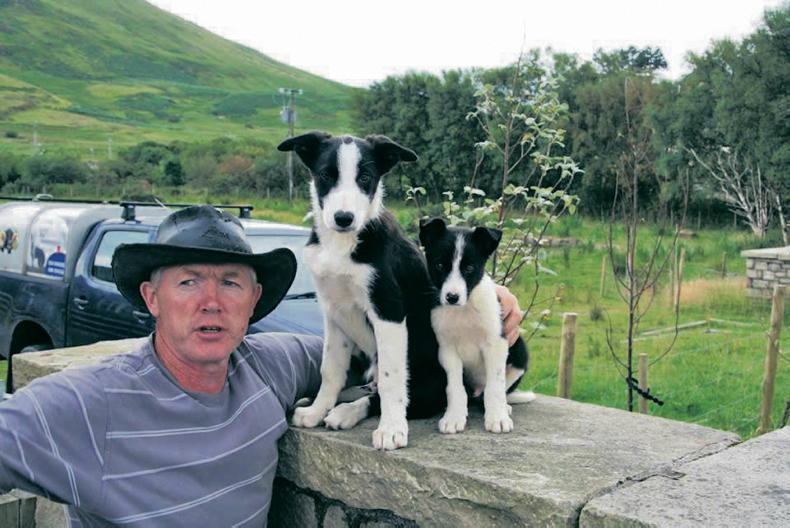
Joe Joyce, a sheep farmer who runs an agritourism business on the shores of Lough Na Fooey in Co Mayo.
“We have been told that NBI will have us connected by 2026 but we can’t wait that long so I – and a lot of my neighbours – have opted for satellite broadband, which is meeting our needs and is an affordable option,” he says.
“The service we have is way ahead of anything else on the market and in a way, it’s hard to see how the fibre broadband promised by NBI won’t be redundant by the time it arrives.
“I run an agri-tourism business and I need broadband for my website and emails. The satellite service has been around for a few years but it’s only recently it has become an affordable option. It’s reliable and consistent and it’s made a huge difference to my business since I signed up.
“From what I can see, there’s not a lot of forward thinking going into the NBI plan. My neighbour, who lives across the lake is in his 80s and has no intention of connecting to the internet.
"He has a phone line, which they were able to lay under the lake, but he’s been told they can’t do the same for the internet, so they’re wasting a lot of time, money and effort installing poles all the way around the lake to connect a premises that in all likelihood will never avail of the service.
At present, over 300,000 premises (53%) have been passed and can avail of high-speed fibre broadband through the NBI network
“The other huge difficulty people have is the fact that unless they register at the very start, NBI won’t entertain you. Factories here are having huge difficulty getting connected and one of them is an Údaras company, so if they can’t put pressure on NBI the rest of us have no chance.”
A spokesperson for NBI said the progression of the National Broadband Plan would significantly help remove the digital divide between urban and rural communities.
“The National Broadband Plan is a seven-year programme, that will ensure Ireland will become one of the first countries in the world to provide high-speed fibre broadband to 100% of its population,” they said.
“The rollout of fibre broadband is proceeding simultaneously across all counties. At present, over 300,000 premises (53%) have been passed and can avail of high-speed fibre broadband through the NBI network.
"We are on track to deliver fibre broadband to 10,000 premises each month as we near the end of the programme. 85% of all premises (477,677) under the National Broadband Plan have either moved to or completed the construction phase.
“On the ground, we are working hard to maintain momentum to connect all premises under the National Broadband Plan within the agreed timelines.
“Last month, NBI connected the first homes in Black Valley, Co Kerry, which was one of the last places in Ireland to be connected to the electricity grid in 1977.”
The National Broadband Plan is the largest ever telecommunications project undertaken by the State.Over 500,000 premises will be able to connect to the service in the rollout area which accounts for 23% of the population.The State Intervention Area for the National Broadband Plan therefore includes over 564,000 premises and over 1.1m people. It also includes any new homes built in the Intervention Area over the next 25 years.
Four years into a government initiative to deliver high speed fibre broadband to every corner of the country – and yet, more and more people living in rural Ireland are opting to gain internet connections through alternative broadband providers.
The National Broadband Plan was established in 2020 but several areas of the country, including west Cork, Clare, Donegal, Leitrim, Mayo and Limerick are still waiting to be surveyed, which is the first stage of connection to the scheme.
Last August, National Broadband Ireland (NBI) announced it was ahead of schedule in its rollout, with three years of the seven-year project left to run. However, thousands of farmers, businesses and homeowners throughout rural Ireland have been told they will not be connected to fibre broadband until 2026.
This is despite surveys being completed. And even in areas where network construction work is underway, people will not be able to connect to the service until next year.
Cathal O’Conaill, business development manager with Údaras na Gaeltachta in Ballyvourney, Co Cork says plans to develop a digital hub in the region are being progressed without reliance on NBI to deliver broadband connectivity.
Coláiste Íosogáin, Ballyvourney, a former boarding school, whose alumni include the late sports broadcaster Mícheál Ó Muircheartaigh, is currently being refurbished to provide remote working hubs, office and training facilities to both indigenous and multi-national companies interested in locating on the Cork Kerry border.
The whole purpose is to give rural areas the chance to compete with urban areas when it comes to development
“We hope to have connection to fibre broadband by 2026, which is the date NBI has given us but we can’t bank on that either as we are working towards opening the Campas Íosogáin centre in early 2026,” he says.
“The GTeich initiative is a network of 31 innovation and digital hubs with high-speed broadband being developed by Údarás na Gaeltachta in locations throughout Gaeltacht areas.
"The whole purpose is to give rural areas the chance to compete with urban areas when it comes to development, and part of that is to provide the connectivity that businesses need.
“Our goal with Campas Íosagáin is much more than broadband provision, we are building a business ecosystem and our hope is to attract startup enterprises into this region. So, we are managing at the moment with broadband that is provided by radio signal and gives us a download speed of 700Mbps which is sufficient for now.
“We don’t currently have the same internet needs as bigger companies who would require higher speeds and reliability for VPNs, which can eat up bandwidth, but people in the area would say that while our current broadband infrastructure isn’t brilliant, it’s sufficient for what we need now, if not for where we want to go in the future.”
Some farmers are losing patience with the wait for NBI connections, with many along the Mayo Galway border opting for satellite broadband connections to access the internet.
Joe Joyce is a sheep farmer who also runs the Joyce Country Sheepdogs tourist attraction nestled between the Maumturk and Partry Mountains near Finny in south Mayo. Located on the shores of Lough Nafooey, Joe’s agri-tourism business has struggled to secure reliable, fast internet connection over recent years.
Satellite service

Joe Joyce, a sheep farmer who runs an agritourism business on the shores of Lough Na Fooey in Co Mayo.
“We have been told that NBI will have us connected by 2026 but we can’t wait that long so I – and a lot of my neighbours – have opted for satellite broadband, which is meeting our needs and is an affordable option,” he says.
“The service we have is way ahead of anything else on the market and in a way, it’s hard to see how the fibre broadband promised by NBI won’t be redundant by the time it arrives.
“I run an agri-tourism business and I need broadband for my website and emails. The satellite service has been around for a few years but it’s only recently it has become an affordable option. It’s reliable and consistent and it’s made a huge difference to my business since I signed up.
“From what I can see, there’s not a lot of forward thinking going into the NBI plan. My neighbour, who lives across the lake is in his 80s and has no intention of connecting to the internet.
"He has a phone line, which they were able to lay under the lake, but he’s been told they can’t do the same for the internet, so they’re wasting a lot of time, money and effort installing poles all the way around the lake to connect a premises that in all likelihood will never avail of the service.
At present, over 300,000 premises (53%) have been passed and can avail of high-speed fibre broadband through the NBI network
“The other huge difficulty people have is the fact that unless they register at the very start, NBI won’t entertain you. Factories here are having huge difficulty getting connected and one of them is an Údaras company, so if they can’t put pressure on NBI the rest of us have no chance.”
A spokesperson for NBI said the progression of the National Broadband Plan would significantly help remove the digital divide between urban and rural communities.
“The National Broadband Plan is a seven-year programme, that will ensure Ireland will become one of the first countries in the world to provide high-speed fibre broadband to 100% of its population,” they said.
“The rollout of fibre broadband is proceeding simultaneously across all counties. At present, over 300,000 premises (53%) have been passed and can avail of high-speed fibre broadband through the NBI network.
"We are on track to deliver fibre broadband to 10,000 premises each month as we near the end of the programme. 85% of all premises (477,677) under the National Broadband Plan have either moved to or completed the construction phase.
“On the ground, we are working hard to maintain momentum to connect all premises under the National Broadband Plan within the agreed timelines.
“Last month, NBI connected the first homes in Black Valley, Co Kerry, which was one of the last places in Ireland to be connected to the electricity grid in 1977.”
The National Broadband Plan is the largest ever telecommunications project undertaken by the State.Over 500,000 premises will be able to connect to the service in the rollout area which accounts for 23% of the population.The State Intervention Area for the National Broadband Plan therefore includes over 564,000 premises and over 1.1m people. It also includes any new homes built in the Intervention Area over the next 25 years. 




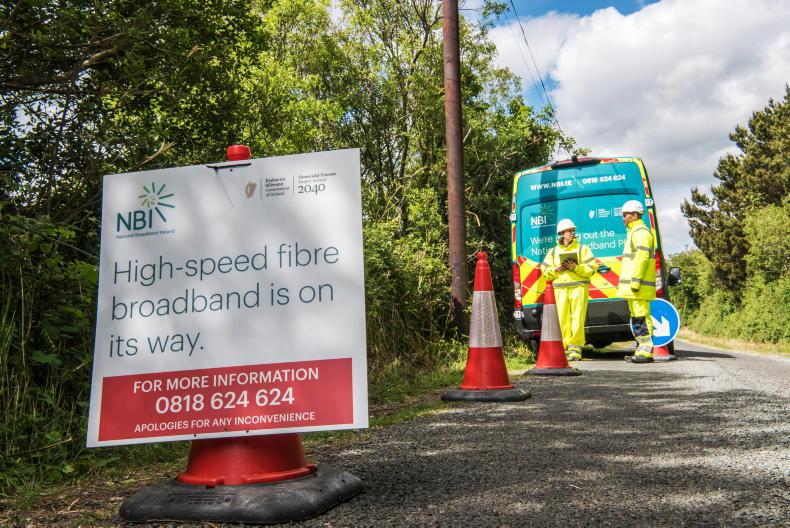
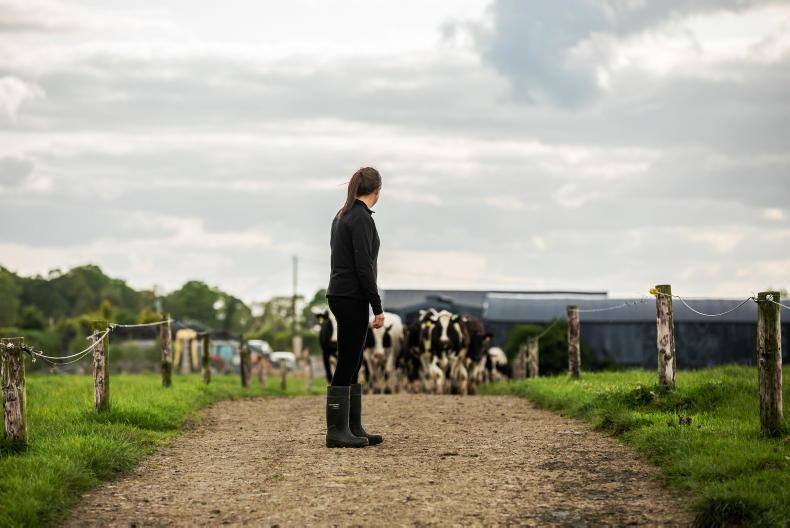
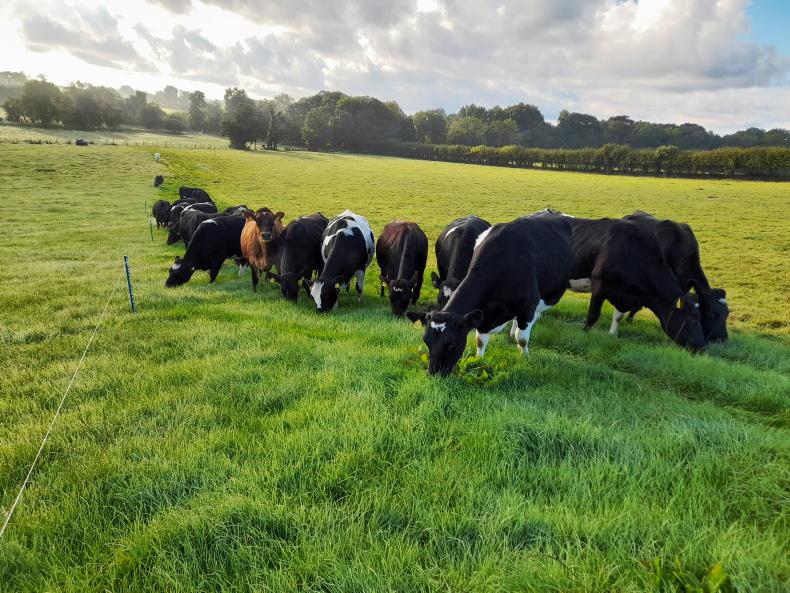

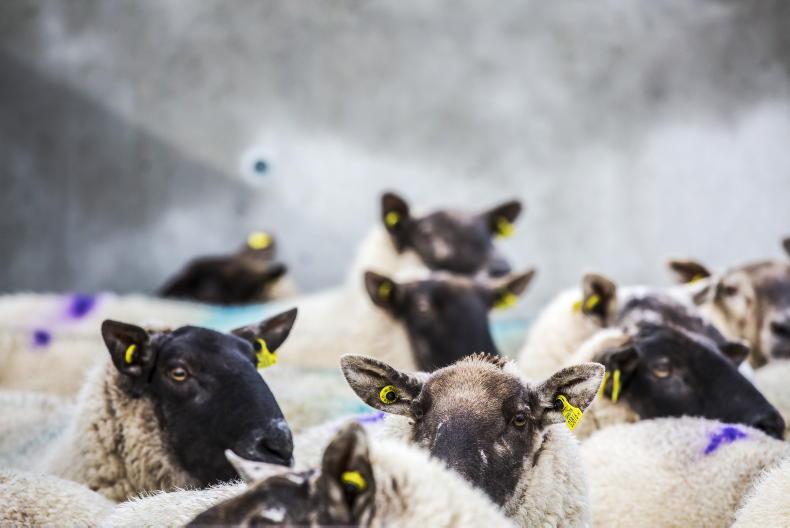
SHARING OPTIONS